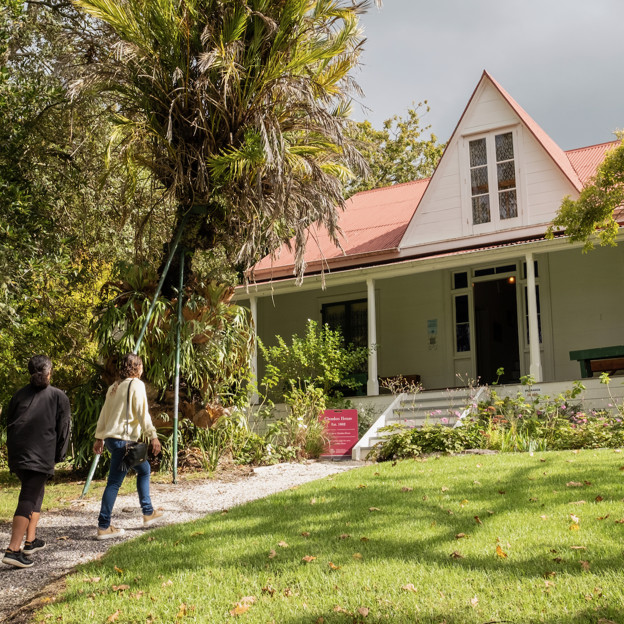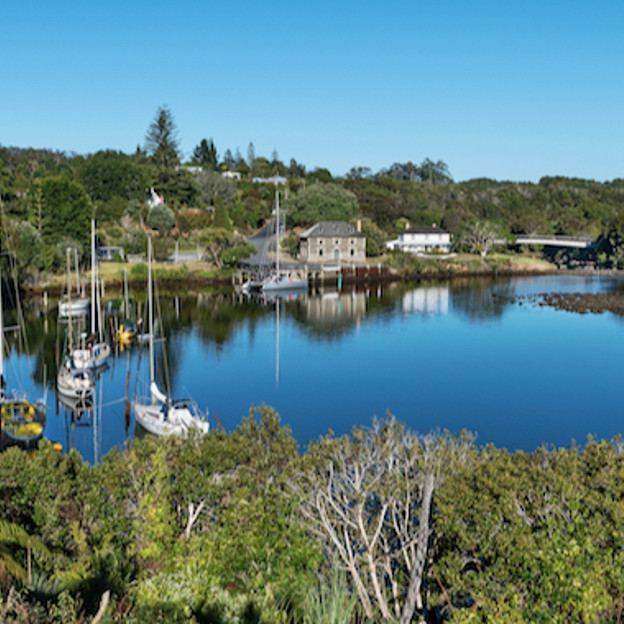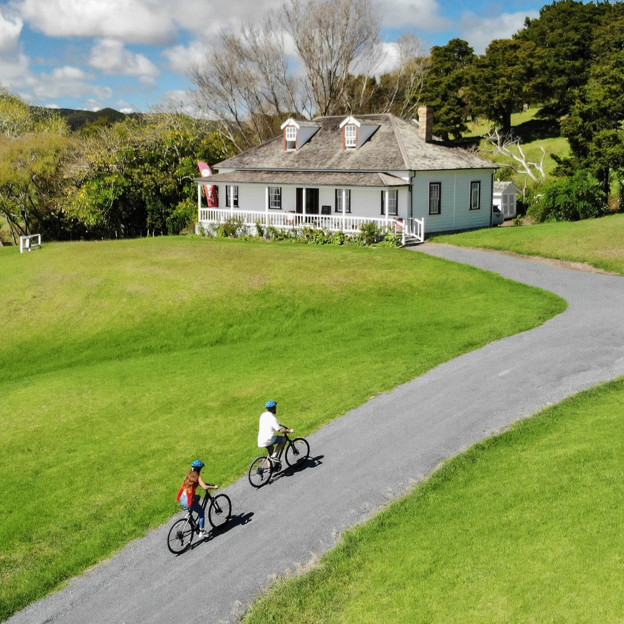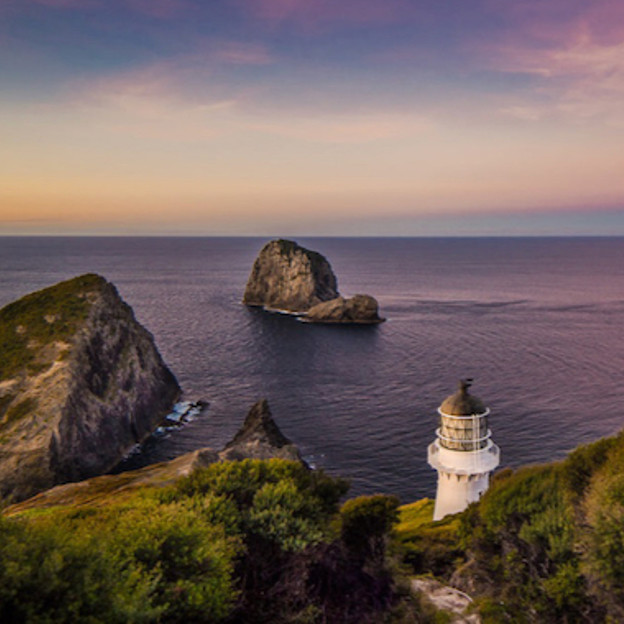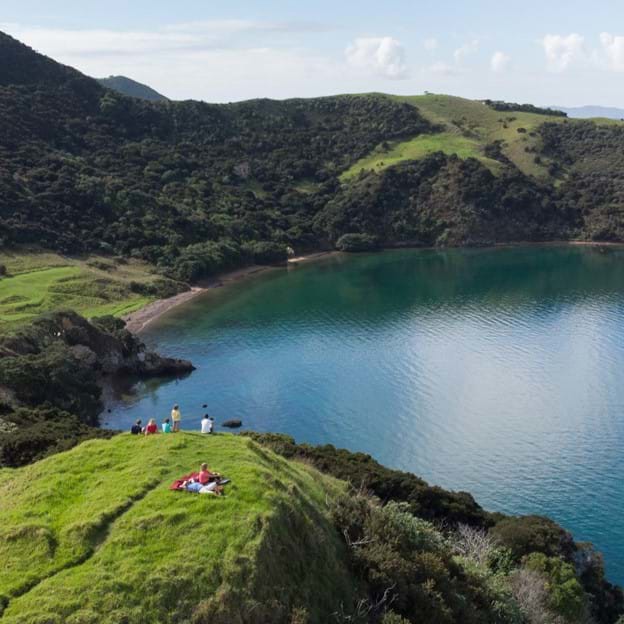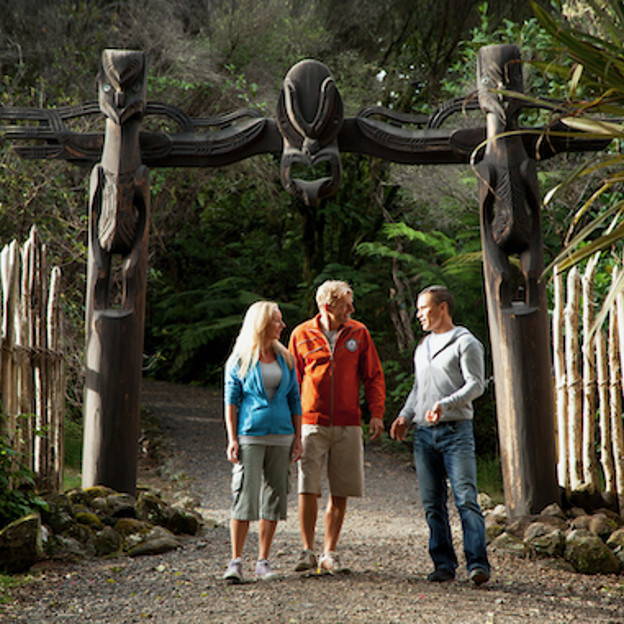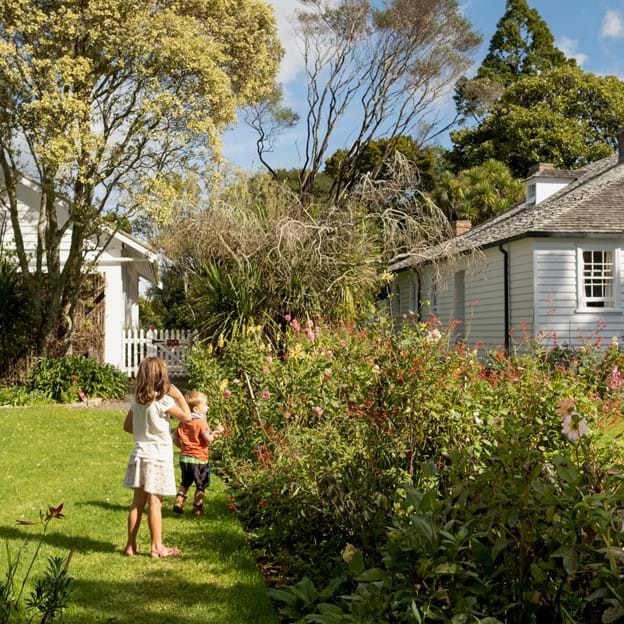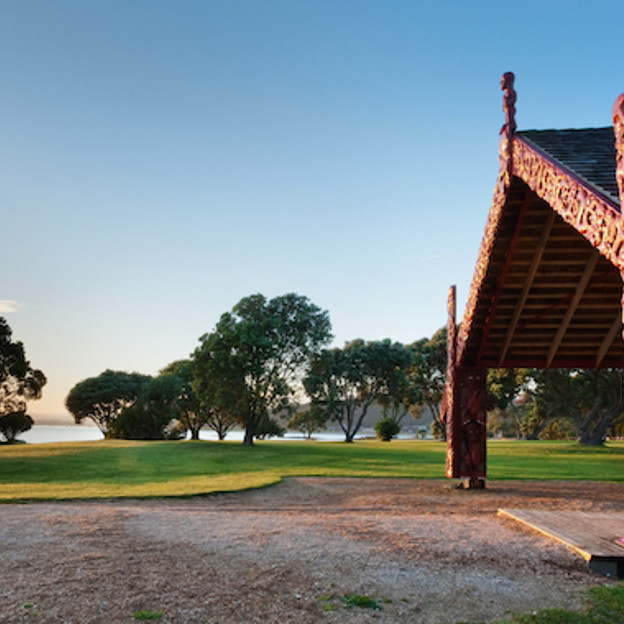Te Tai Tokerau Northland
Tiriti signing locations and Aotearoa New Zealand’s oldest buildings, rivers, harbours and pā sites are just some of the special places to visit in our Te Tai Tokerau Northland itinerary.
Explore where Māori and Europeans first lived side by side, find the oldest lemon tree in the motu and hike to the arrival point of the earliest New Zealanders as you visit Tohu Whenua in this region.
